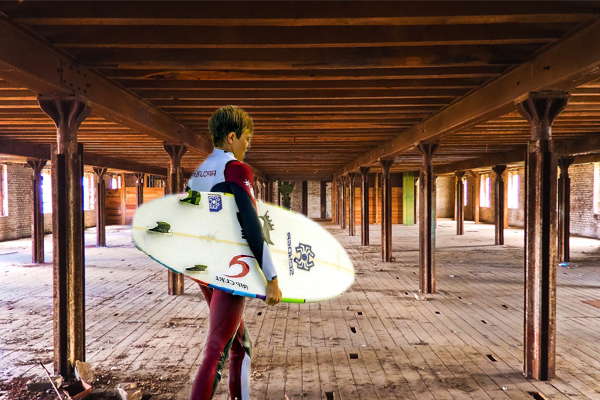Trending
Historic luxury has got Australian buyers and New York developers excited
Too bad about the long-distance relationship

Over the past five years, Australia’s high-end residential market has been falling more and more in love with adaptive reuse, the practice of restoring historical buildings and converting them into residential units.
New York’s having a similar experience with its developers seeing the potential for unique features in the old buildings turned homes.
Projects in both places are converting everything from churches to factories, from old mansions to old storefronts into residential spaces.
In Sydney, the adapted properties are bringing in top dollar with the units in one converted 1876 sandstone house selling for $1.15 million for a studio, around $3 million for a two-bedroom and almost $4.5 million for a three-bedroom on higher floors. The median price in Sydney for an average two-bedroom is $870,000, and about $1.6 for a three-bedroom.
The apartments hit the market in August and 50 percent sold the same morning, according to Mansion Global.
Meanwhile, in New York, developers are seeing the value of building features that have become all but unheard of in most projects today. Naftali Group’s Shephard residential development in West Village preserved the ceilings and detailing in the former industrial building’s brick and granite masonry because it was one-of-a-kind.
“Even if we could, it would be cost prohibitive to rebuild it exactly as it was,” said Naftali’s Matt Van Damm to the New York Post.
With different codes and construction standards, some buildings naturally solve issues that are now high-priority features across the city: thicker concrete walls reduced noise from traveling between units, while a lack of electricity in factories necessitated designs that allowed natural light to penetrate deep into older buildings.
Too bad the buyers and developers are in different hemispheres.
[Mansion Global and NYP] — E.K. Hudson




